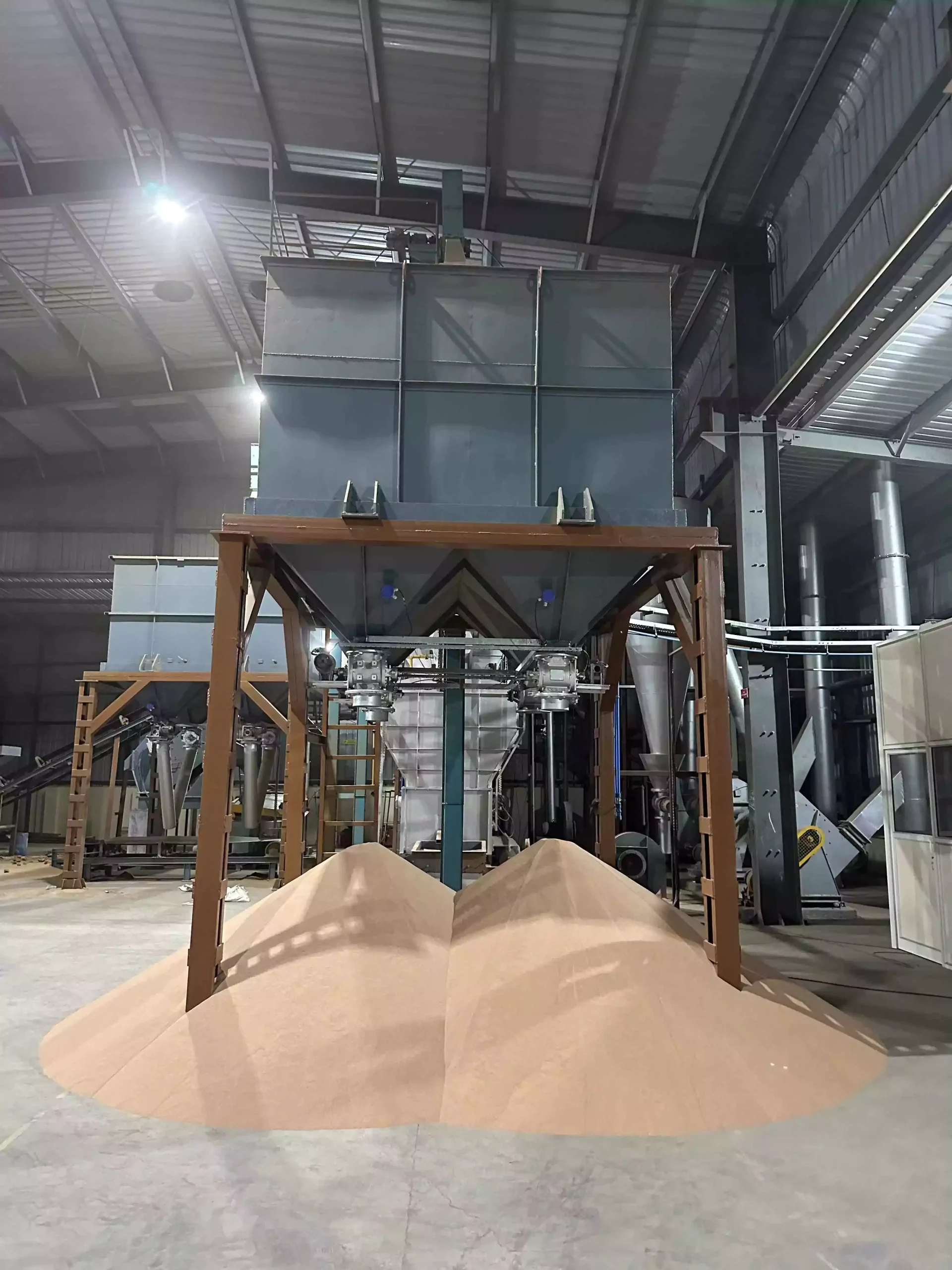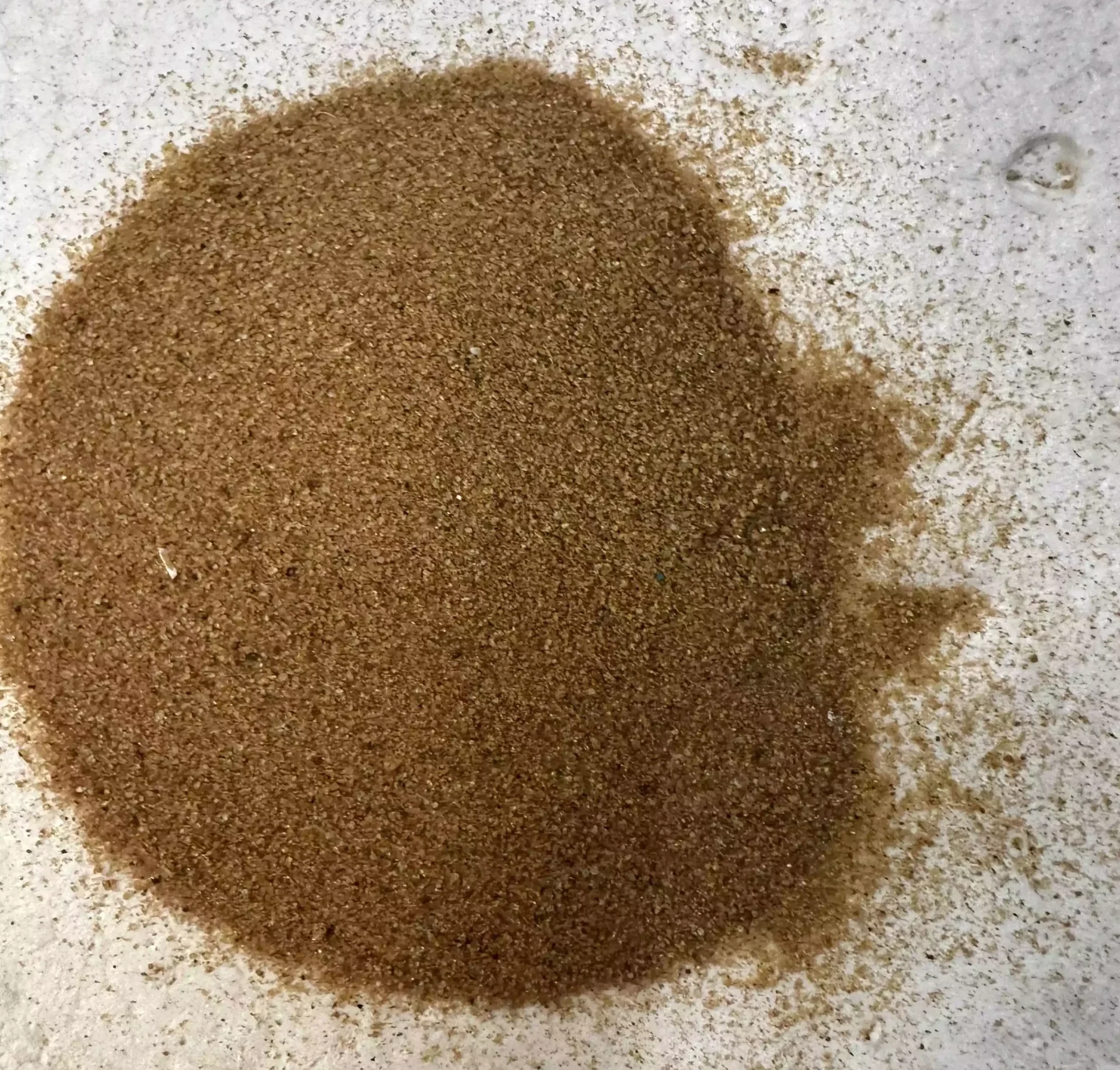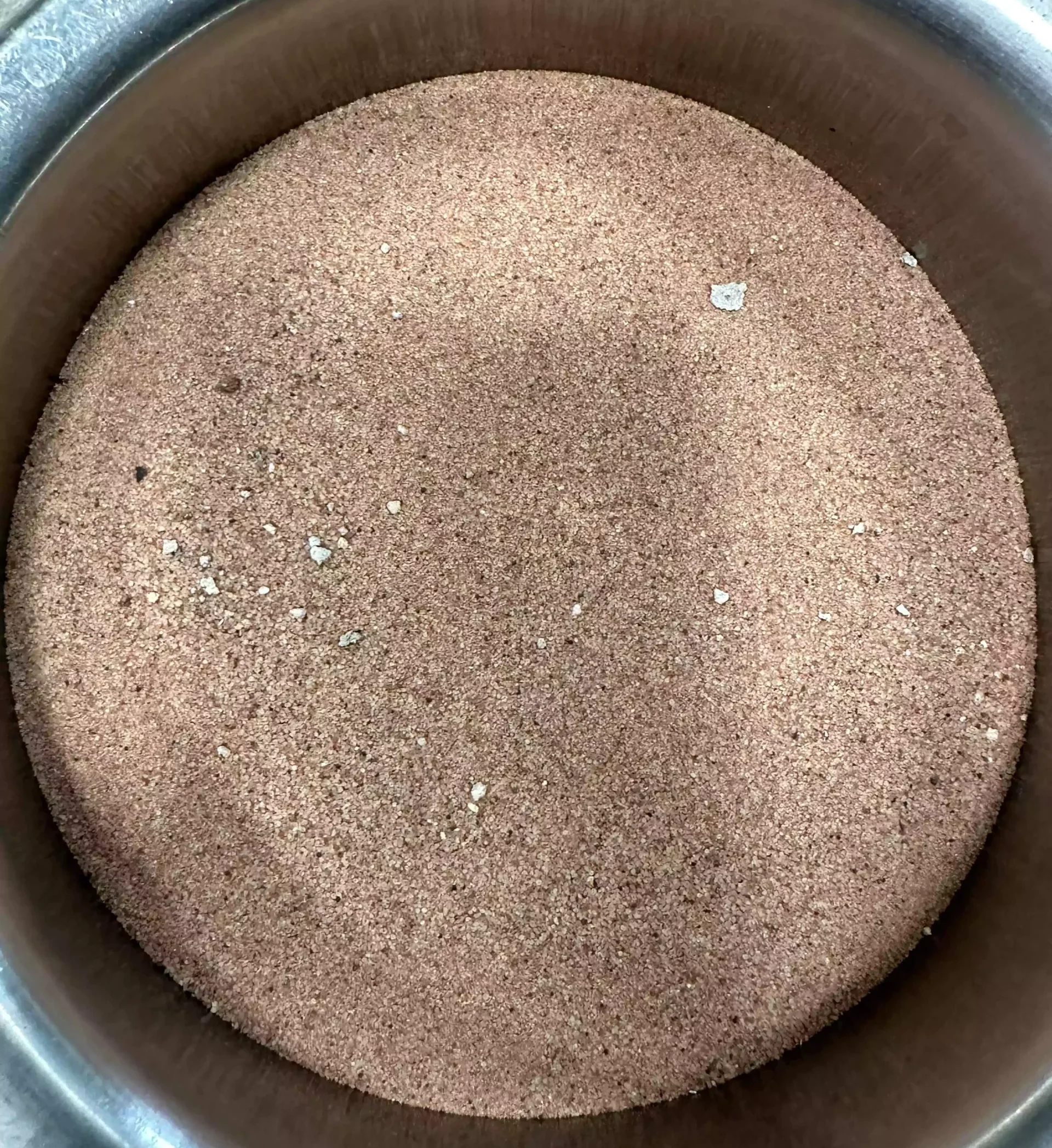Thermal Sand Reclamation Plant
SKTMPL Thermal Sand Reclamation Plant is an advanced solution engineered to recycle and purify used resin coated foundry sand, restoring it to its original condition for reuse. This sustainable technology helps foundries significantly reduce new sand consumption, disposal costs, and environmental impact, while improving casting quality and productivity.
Thermal sand reclaimation of waste foundry sand can be realized cost effectively. The resultant sand is generally cleaner than new sand and results in improved casting quality. The 5% sand that is lost during the reclamation process is free of organic contamination and is collected in a cyclone and dust collector.
Thermal reclamation is becoming more widely used in foundry industry. This process heats the sand to the point where organic materials, including the binders, Resins are driven off. This process can return the sand to an ‘as new’ state, allowing it to be used for core making. The cost of Thermally Reclaimed sand is almost 35% to the new sand cost.
Background : The basic reasons for reclaiming sand are
- Economical
- Environmental
- Technical
Economically
The foundries desire to reduce the total sand cost which includes purchase cost, freight cost, and disposal costs. While the purchase cost of sand has gone up by more than 50% in the last 10 years, freight costs have gone up by well over 40%.
While the purchase cost of sand has gone up by more than 50% in the last 10 years, freight costs have gone up by well over 40%. The cost of 1 ton of sand is made up of purchase price, freight, unloading cost, transport cost in the foundry, and finally disposal cost. In some foundries they must not only pay for loading and unloading discard sand, but after a long distance haul they must pay a dumping fee.
Technically
Reclamation sand is helping to reduce binders and catalyst. There are some indications that better castings can be made when rather large variations in impurity levels and screen analysis are minimized in an enclosed reclaimed sand loop.
One explanation for this would be the idea of “survival of the fittest”. On consecutive molding/pouring cycles, sand grains receive thermal shock from the pouring of molten metal into the casting cavity. The scrubbing of the individual grains occurs during transporting of the sand in the reclaimed as it moves from cell to cell.
Environmentally
It is becoming more and more difficult to dispose of great quantities of material into the ground. Agencies of the Local, State, and central Governments want to know what chemicals are in all refuse and what amount might leach out from the sand.
This interest is not only in the public dumps but on the foundry’s own property. If the foundry is in a flood plain, materials they dump can have an effect on water supplies many miles away. In addition to the environmental plus of reclamation, the process is of value from the conservation point. The deposits of high quality sand will last longer if they are used more efficiently.
Key Benefits

✅ High Recovery Rate: Reclaims up to 97%+ of used sand, reducing dependency on new sand.
✅ Cost-Efficient: Save on raw material, landfill, and waste management expenses.
✅ Eco-Friendly: Promotes circular economy practices in the metal casting industry.
✅ Improved Casting Quality: Cleaner sand means fewer defects and better surface finish.
✅ Compliant & Safe: Meets environmental regulations and improves workplace hygiene.

Technical Features


- Advanced Fluidized Bed Furnace for uniform heating and minimal thermal stress
- Fully Automated Control Panel for easy operation and process monitoring
- Efficient Heat Recovery System to lower energy consumption
- Dust Collection Unit ensuring safe emissions and clean operation
- Customizable capacities: from 1 TPH to 5 TPH and above


Any Question?
Contact us today for a customized solution tailored to your production needs.
